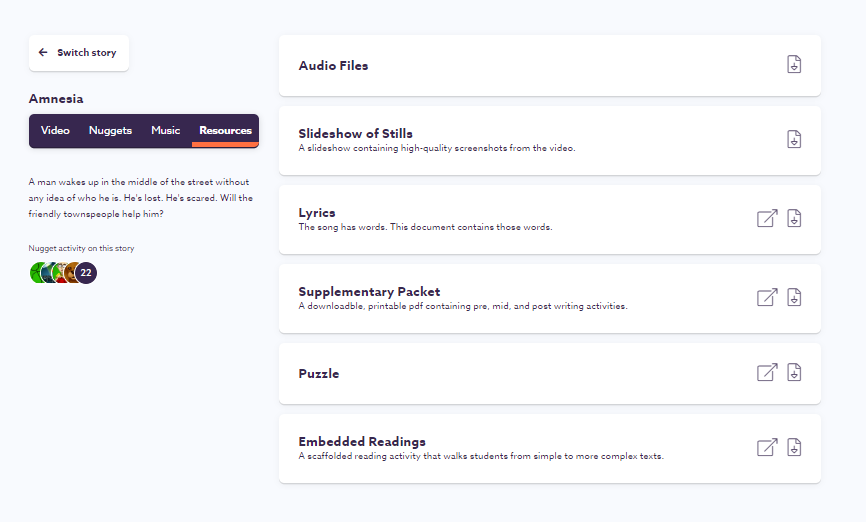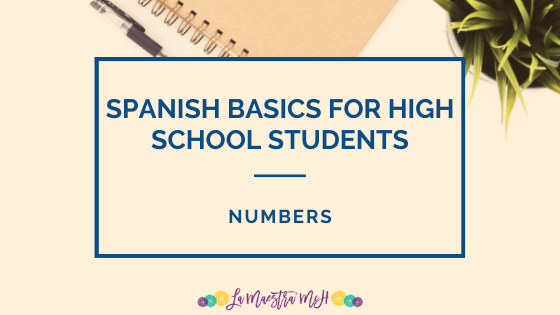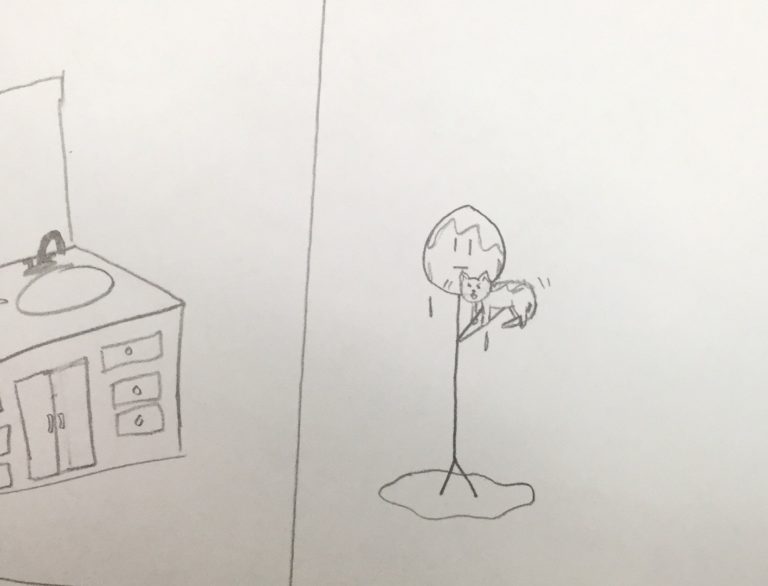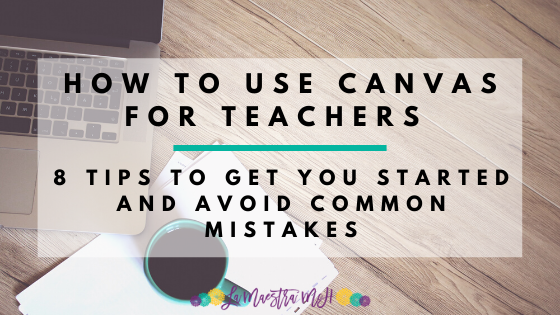Señor Wooly Series: Two Ways to Start a Unit
Have you found your favorite Wooly story and now you’re wondering what to do with it? This is the post for you! If you’re not familiar with Señor Wooly, check out the first post in this series. To be clear, I don’t work for Señor Wooly nor am I an affiliate. These resources are so good, I want to share.
The Most Important Thing (In My Opinion)
How do you get the most out of Señor Wooly? You build anticipation and linguistic support for students. I think the worst thing to do is start by showing the video right away. That video is your ace in the hole. Of course you can just show the video. You can certainly use it like that but you’re not going to get the most out of it or the most engagement that way. You need students to have some buy in, curiosity, and investment in the story. You also need them to be able to understand the language well enough to fully appreciate what’s happening in the video. So how do you do that? Keep reading.
Ways To Start
How I start varies based on how I use the story. Will it be a stand alone, full-sized unit or a mini-unit? Am I working it into an existing unit to supplement it and provide more examples in context? Let’s start with a mini-unit or supplemental approach.
Starting With Vocab (Mini Unit or Supplement)
An easy way to start with vocab is using Quizlet or Gimkit and allowing students to get familiar with key vocab for the story. A sequence with this approach might look like:
-Give students 5 minutes to study Quizlet and play games on their own then do a Quizlet Live OR play Gimkit
-Review Quizlet flashcards as a class & clarify any tricky or unclear meanings
-Read: After students have seen some of the key vocab, I like to use an embedded reading from the Señor Wooly website. Students read it alone or in groups (or alone and then in groups). Students draw key points or characters to show their understanding. We can use their drawings later in the unit to retell, match pictures to sentences, or we can correct the pictures/add more details after viewing the video. Writing a few comprehension questions for students is also an option. Now students will have an idea of the plot of the video and start wondering what is going to happen.
-Play pictionary in groups OR give each student a word, ask them to write a sentence with that word, then trade sentences and illustrate
-Do a puzzle from Señor Wooly
-Depending on the proficiency level and the packet for the song, I may use Señor Wooly’s supplemental packet or grammar packet (if there’s one) to provide additional support and personalization. Often, I break the activities apart and/or adapt them to a 4 corners type activity to get students up and moving or conversation cards or hang the pieces around the room for students to complete walking around. The packets make GREAT substitute teacher activities if you can time things right.
-If the build up lasts multiple days, I’ll sprinkle in another Quizlet Live of Gimkit with the key vocab before viewing the video.
After all this build up, I’ll finally show students the video. Sometimes the build up is one class period (90 minutes for me) and sometimes it’s as many as two or three!

Starting With a Story (A full stand alone unit)
When building an entire, full-sized unit (as opposed to a 1-3 day mini unit) around a story, I’ll start with the story. I’ll either use and adapt the embedded readings from Señor Wooly or write my own depending on my students and their proficiency level.
Another way to start with a story is by having students make predictions about what will happen using screen shots from the video. Señor Wooly and crew call this activity, Bunches of Hunches. I’ll let them describe it. Click this link and head to page 10 of the file.
For “Amnesia” I pre-taught saber and conocer (one of my favorite topics) and the basic distinction between them. “Amnesia” was my plan to really how I put it into context and illustrated the differences. Here’s the approach:
After establishing basic knowledge of saber and conocer, I show students the start of the story and include a few stills from the video (also available on Señor Wooly website) to get them interested and curious.
Now that they are hooked, intro a few key vocab words via Quizlet or pictures and personalized questions. For example, El hombre tiene una pulsera. Ustedes llevan pulseras? Qué hay en sus pulseras? We may do some other vocab activities listed in the previous section too.
Next I give them a bit more of the story and have them act it out or draw it depending on class personalities. I intentionally point out uses of saber and conocer as we do this since that’s the focus of the unit. I’ll ask some true/false questions about the story so far, do some personalized questions with 4 corners, and summarizing activities with what they know about the story.
For “Amnesia” the build up lasts about 3 class periods so by day 4 students really want to watch the video. “Amnesia” is so brilliantly done, and different than other Wooly videos in my opinion that kids love it. The ending is shocking as well and takes awhile to process.
Your Next Steps
Decide if you want to create a full unit or mini unit/supplemental approach. I would start small if it’s your first time really digging in to Wooly. Explore the resources available to you with your pro-subscription. If you’re still trying to figure out WHICH video to start with. Keep an eye out for my next post.
While there is no “right” order, there are some things you’ll want to know. I’ll be doing my best to lay out the Wooly world for you and how it fits together.





